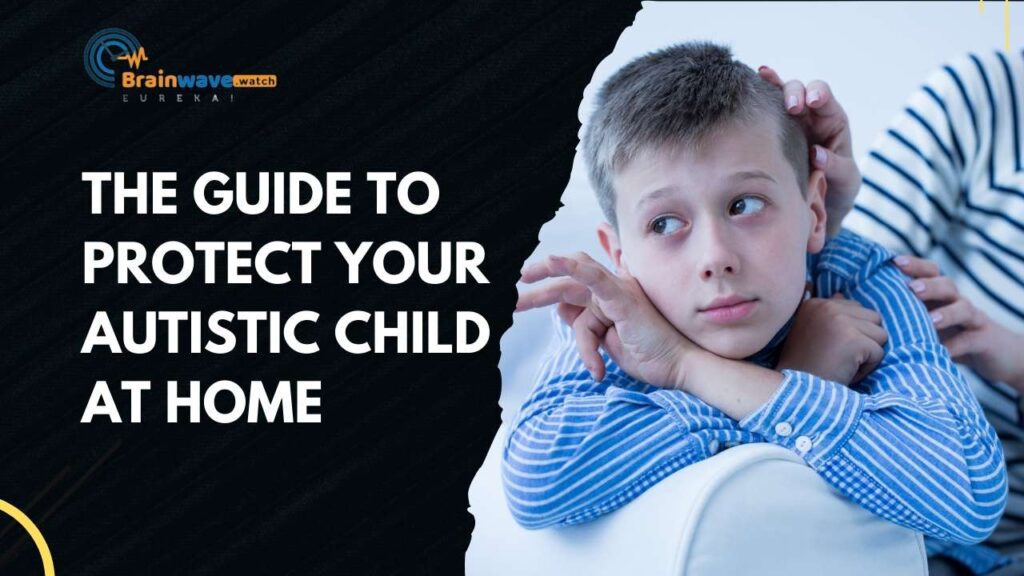Definition of low-functioning autism
Low-functioning autism is defined as a subtype of ASD that involves significant impairments in communication, social interaction, and behavior. Individuals with low functioning autism often have difficulty expressing themselves verbally or nonverbally and may struggle to understand social cues or maintain eye contact. They may also engage in repetitive behaviors or have restricted interests.
Low functioning autism is typically diagnosed based on the severity of an individual’s symptoms and the degree to which they impact their daily life. A diagnosis of low functioning autism indicates that an individual has significant impairments in multiple areas of development.
Read also: Low Functioning Autism: Challenges, and Treatment Options
Common symptoms of low functioning autism
Individuals with low functioning autism may exhibit a wide range of symptoms, but some common ones include:
- Nonverbal communication: Many individuals with low functioning autism struggle to communicate effectively using verbal language. They may use gestures or other nonverbal cues to express themselves instead.
- Developmental delays: Children with low functioning autism may experience delays in reaching developmental milestones such as walking, talking, or toilet training.
- Sensory processing issues: Many individuals with low functioning autism experience sensory processing issues that can affect their ability to function in everyday life. For example, they may be hypersensitive to certain sounds or textures or have difficulty filtering out background noise.
Other common symptoms of low functioning autism include difficulty with social interactions, repetitive behaviors or routines, and intense interests in specific topics.
Challenges faced by individuals with low functioning autism
Low functioning autism is a severe form of autism that affects an individual’s ability to communicate, interact socially, and perform daily tasks. Individuals with low functioning autism face several challenges, including social, behavioral, and educational challenges.
Social challenges
Individuals with low functioning autism struggle with social interaction and communication. They find it difficult to understand nonverbal cues such as facial expressions, body language, and tone of voice. As a result, they may have trouble making friends or maintaining relationships. They may also struggle to express their own emotions or thoughts effectively.
Another challenge faced by individuals with low functioning autism is difficulty in understanding social norms and rules. They may not understand the importance of personal space or may have trouble following instructions that involve multiple steps. This can lead to misunderstandings or conflicts in social situations.
Behavioral challenges
Individuals with low functioning autism often exhibit repetitive behaviors such as rocking back and forth or hand-flapping. These behaviors are known as stereotypies and can be calming for the individual but can also interfere with daily activities.
Aggressive behavior is another challenge faced by individuals with low functioning autism. This behavior can manifest in different ways such as hitting others, throwing objects, or self-injurious behaviors like biting oneself. It is important to identify the triggers for these behaviors so that they can be prevented before they occur.
Educational challenges
Individuals with low functioning autism face significant difficulties in learning new information and completing academic tasks. They may have difficulty processing information presented verbally or in written form. This makes it challenging for them to follow instructions or complete assignments independently.
In addition to academic challenges, individuals with low functioning autism may also struggle with fine motor skills such as holding a pencil or using scissors. This can make it difficult for them to complete tasks like writing or drawing.
Read also: High-Functioning Autism – The Basic Guide on HFA
Treatment options for low functioning autism
While there is no cure for low functioning autism, there are several treatment options available that can help manage symptoms and improve quality of life.
One common treatment option is Applied Behavior Analysis (ABA), which involves breaking down complex tasks into smaller steps and providing positive reinforcement for completed tasks. ABA therapy has been shown to be effective in improving communication skills, reducing problematic behaviors, and increasing independence.
Speech therapy is another treatment option that focuses on improving communication skills through various techniques like picture exchange communication systems (PECS) or sign language. Occupational therapy can help individuals develop fine motor skills needed for daily activities like dressing themselves or using utensils during meals.
Medication is another option for managing symptoms associated with low functioning autism such as aggression or anxiety. However, medication should only be used under the guidance of a healthcare professional due to potential side effects.
Supporting individuals with low functioning autism
Supporting individuals with low functioning autism requires patience, understanding, and specialized care tailored to their specific needs. Caregivers should create routines and environments that minimize sensory overload while promoting engagement in meaningful activities.
It is important to provide clear instructions using simple language while allowing enough time for the individual to process information before responding. Visual aids like pictures or diagrams can also be helpful in facilitating communication.
Caregivers should also focus on building positive relationships based on trust and respect while encouraging independence whenever possible. By providing consistent support through various treatment options tailored specifically towards the individual’s needs caregivers can help improve the quality of life for those living with this condition.







